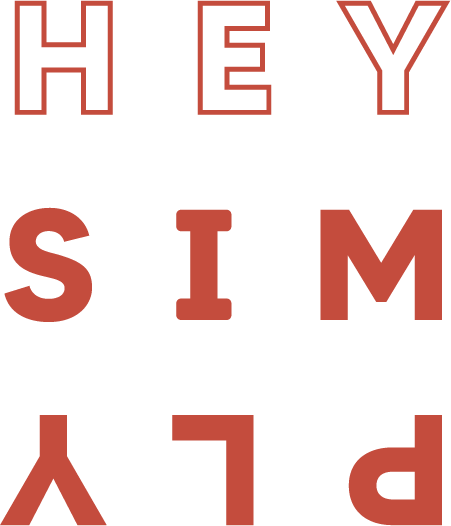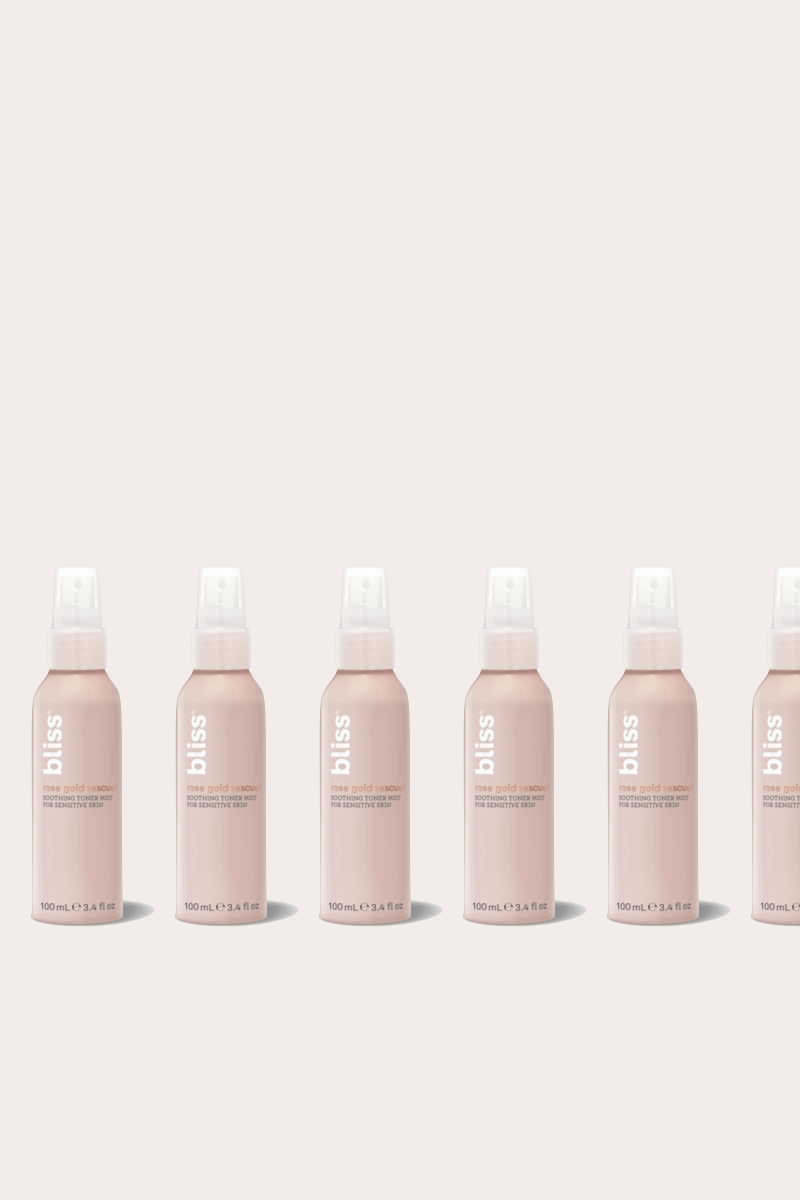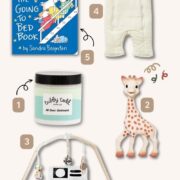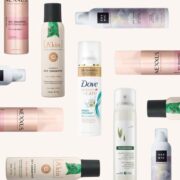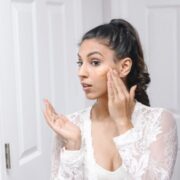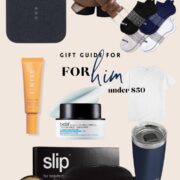You can’t escape benzoyl peroxide if you are scouring the market for acne treatment. Many of us would have come across benzoyl peroxide in our teenage years. Practically every spot treatment has it as an active ingredient.
Walking up and down the drugstore aisle of CVS, I looked for spot treatments, face washes, and other skincare products with benzoyl peroxide in an attempt to get rid of my pesky breakouts. Despite being acquainted with it for so long, do we really know how it works?
Let’s learn together, this post is meant for you to get an idea of what this ingredient can and will do for your skin. It is by no means designed to convince you that benzoyl peroxide is a necessary of your routine no matter who are. You need always pick and choose skincare ingredients based on your needs and honestly that differs from time to time. Here’s what you need to know about benzoyl peroxide.

How to pronounce benzoyl peroxide
As far as skincare ingredients go this one is definitely easy but just in case you were wondering benzoyl peroxide is pronounced, ben·zow·uhl puh·rok·side.
What is benzoyl peroxide?
Benzoyl peroxide is a very popular over the counter acne treatment. It is probably most commonly found in spot treatments and some face cleansers.
Like most peroxides, benzoyl peroxide is a bleaching agent. WAIT – don’t panic. The concentration level of benzoyl peroxide in your average acne treatment is pretty low, so don’t worry about waking up with bleached spots on skin.
What does benzoyl peroxide do?
The free radical reaction of benzoyl peroxide breaks down the keratin in your skin and that antibacterial properties of benzoyl peroxide then gets to work. There is also some evidence to suggest that benzoyl peroxide is anti-inflammatory.
Speaking of free radical reaction, we know that free radicals are bad for the skin because it breaks down the keratin, but really the dose makes the poison.
Using benzoyl peroxide carefully, strategically and sparingly will bring you fabulous benefits but the key is to not overdo it.
Related: Learn more about free radicals and skin aging
Who should use benzoyl peroxide?
Those looking to treat mild acne and clogged pores can really benefit from using benzoyl peroxide.
Depending on your needs you can opt for benzoyl peroxide in a cleanser or a spot treatment. While effective in both forms benzoyl peroxide in a cleanser is a great preventative measure to prevent spots from happening.
By reducing sebum, clearing clogged pores and killing bacteria benzoyl peroxide really does provide you with the acne fighting trifecta.
Different types of benzoyl peroxide
Generally speaking, benzoyl peroxide comes in various strengths in skincare products. Many dermatologists caution against using high concentration of the ingredient so always start will a lower strength and then you can move up the scale.
The strength of benzoyl peroxide products vary from 2.5% to 10% in concentration. Many experts do agree that the products with 2.5% works just as well as the 10% with lesser irritation so don’t jump right into the higher concentration product with the idea that bigger is better.
How to use benzoyl peroxide products to your skin care routine
Choosing the right type of product with benzoyl peroxide really depends on your needs.
The key is not overdo it with high concentrations or with using too many acne fighting products at once.
If you are using a spot treatment be careful not spread it all over your face – the keyword here is spot. You want to apply it to specific areas.
So, as a general rule of thumb always add at the end of your skincare routine so that it does not spread all over your face.
Related: Still wondering how to layer your skincare products? Read this.
Favorite products with Benzoyl Peroxide
One of my favorite products is the Panoxyl Acne Foaming Face Wash (10%). This was recommended to me by my dermatologist when I had a random outbreak of adult acne.
The regular method is to apply it onto wet skin and massage for 2 minutes to truly allow the active ingredient to work its magic. I know you’re reading this and saying cool – use it and wash my face. No friends, you gotta do the full 120 seconds for it to really work. I only like to use it once a day when I am dealing with breakouts.
However, if you have dry skin and are fairly concerned about using this product you can opt to use it as a spot treatment. In which case you can apply it onto your acne and breakouts, leave it on for 5 minutes before washing it off.
The On-the-Spot Acne Treatment by Neutrogena is another great drugstore option to clear zits.
The Zit Stick by Glossier is formulated with a couple acne fighting ingredients including benzoyl peroxide and Capryloyl Salicylic Acid which makes it a versatile option for all types of break outs.
Related: For more tips on how to handle adult acne, read this!
Who should *not* use Benzoyl Peroxide?
Dryness, redness and peeling are all potential side effects of using benzoyl peroxide. So, if you have dry or sensitive skin you should consult a dermatologist before embarking on a benzoyl peroxide related journey.
Benzoyl Peroxide and Acne
Benzoyl peroxide is one of the most popular acne fighting ingredients in the market. While it is a great option to treat mild acne you need to take into consideration that your skin could build up a tolerance to the ingredient.
So stick to using it on a when needed basis.

The only time I’d recommend you the advice of a pirate.
Can benzoyl peroxide cause fungal acne?
No benzoyl peroxide does not cause fungal acne but it doesn’t improve it either. Before you do anything drastic, if your acne is not responding to over the counter treatments and you suspect you might have fungal acne, go to the dermatologist.
We know that those bumps can be frustrating and you want to get rid of them as soon as possible but make an appointment with a dermatologist and you’ll be on a better path to recovery.
Which is better for acne- salicylic acid or benzoyl peroxide?
Well, salicylic acid and benzoyl peroxide are both great for acne, but it depends on what type of acne you are trying to treat.
Like I mentioned earlier, benzoyl peroxide can break down the keratin in the skin so it is a great option for mild pustules. While salicylic acid is great for blackheads and whiteheads. As a chemical exfoliant salicylic acid is able to break down dead skin cells and oils on the skin that helps it clear out blackheads and whitehead.
Blackheads and whiteheads are both non-inflammatory acne, they are both clogged pores or sorts. The primary difference is that whiteheads are closed pores and blackheads are open pores.
Related: Read this post for more tips on handling blackheads and whiteheads.
Is benzoyl peroxide good for hormonal acne?
Benzoyl peroxide can help hormonal acne but it may not be the only solution you need. Pair it with salicylic to improve your odds of beating hormonal acne.
When we say pair we mean use on alternate, don’t layer benzoyl peroxide on top of salicyclic acid.
What does benzoyl peroxide do for acne?
Sometimes acne is caused due to blockages in your pores and inflammation caused by bacteria. Benzoyl peroxide is able to break down the keratin to clear the blockage and kill the bacteria you skin to prevent future breakouts.
Mixing benzoyl peroxide with other products and ingredients
Never mix benzoyl peroxide with retinol. They are amazing ingredients individually but together they can be your worst nightmare, and they cancel each other out.
Never use vitamin C with benzoyl peroxide because the free radical will cause the vitamin C to be oxidised and we don’t want that.
Don’t layer acne treatments, just don’t. Alternate the days you use salicylic acid or other chemical exfoliants.
FAQ about Benzoyl Peroxide
Since it is a strong ingredient that is found commonly lets take a look at the other questions that people might have about it.
How long should I leave Benzoyl Peroxide on my face?
Use the product as instructed. If anything start with a shorter amount of time than listed and work your way up. It is a strong ingredient and you wouldn’t want to cause any damage would you?
What are the possible side effects of using Benzoyl Peroxide?
Drying, peeling, redness and irritation. Just the typical ones from any strong acne fighting ingredient. The one thing you need to be concerned about is the possibility of bleaching, especially your pillowcases and washcloths are at a high risk.
Final thoughts on Benzoyl Peroxide
While benzoyl peroxide is a popular and commonly found ingredient for acne treatment everywhere it is not the answer to all your problems and it will not be the answer for all you.
Our skin differs from person to person, our zits differ from time to time so when you do choose to use benzoyl peroxide always remember that if it doesn’t work increasing the concentration might not be the answer and layering a couple different benzoyl peroxide treatments is definitely not the answer.
In general, benzoyl peroxide is an affordable and clinically proven option for treating blemishes at home, but if you’ve been using a product for 6-8 weeks with no progress, it may be time to talk to a dermatologist.
Shop the post



